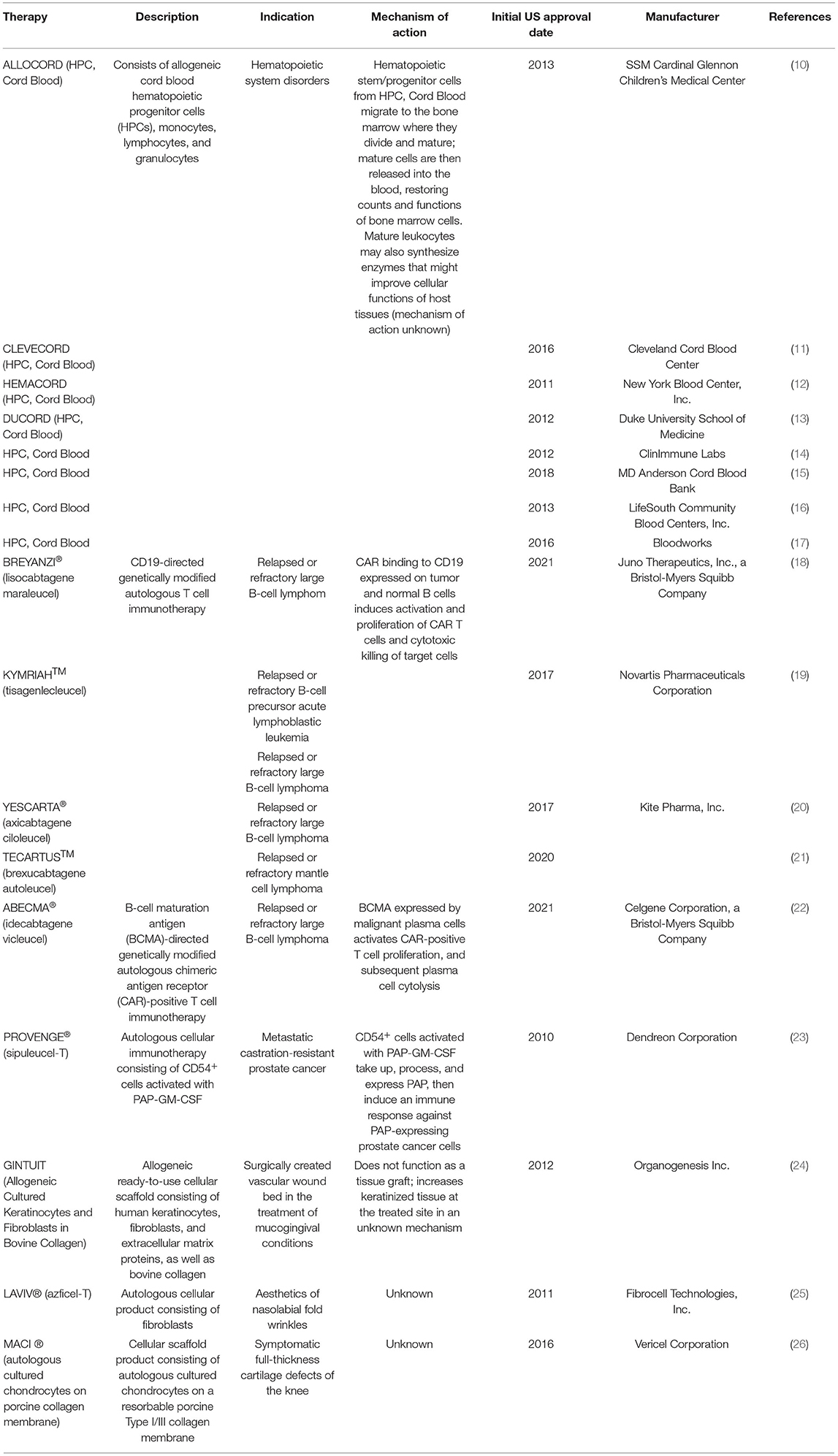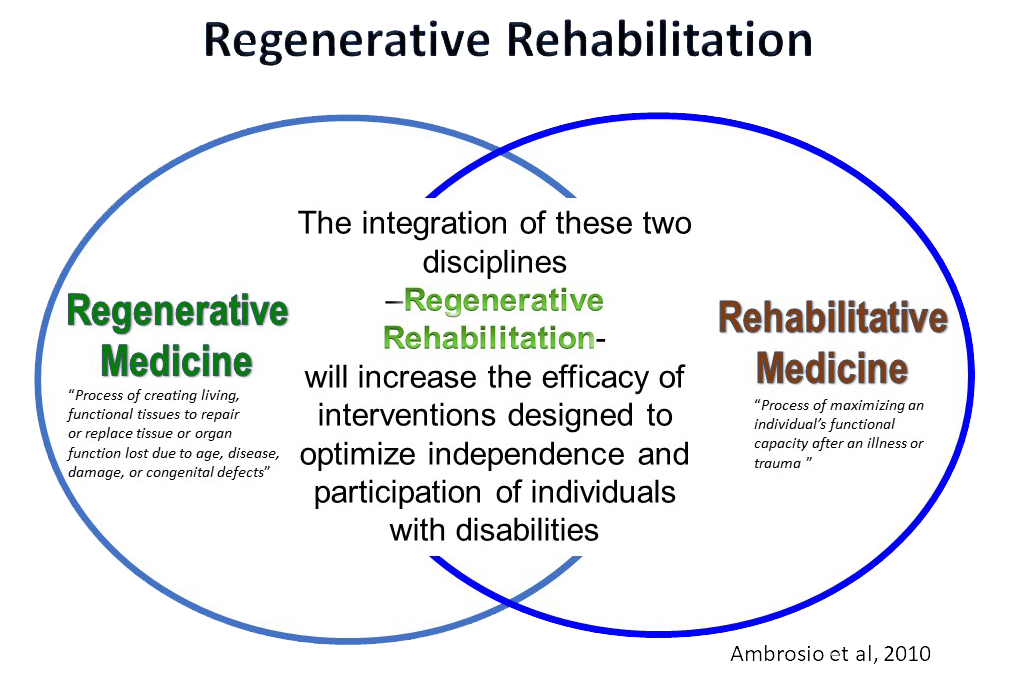Table of Contents

[/image][=video]
[/video]
Viscosupplementation: Injection of hyaluronic acid into intra-articular area can recover the viscosity and elasticity of osteoarthritic synovial fluid. HA plays a vital duty in shock absorption, lubrication, and the visco-elastic nature of the synovial liquid. Prolotherapy: Prolotherapy is the shot of an option to fix up an incompetent structure and promote sclerosis at the shot website.
Even more than one treatment session may be called for before results are really felt and, as with any kind of therapy, outcomes are not assured. A stem cell does not serve a particular bodily function, yet it can become a cell that does, such as a cartilage cell or a ligament cell. Physicians that make use of stem cell therapy believe that, when positioned right into a specific environment, stem cells can change to meet a specific requirement.
PRP can be infused or applied to the injured location during a surgery See PRP Treatment for Persistent Ligament Injuries To make PRP, blood is drawn from the client and then processedoften making use of a centrifugeto create a concentrated solution of platelets and plasma (PRP). See Platelet-Rich Plasma Shot Treatment: All PRP is not the same.
Swelling enhances blood flow and draws in cellsgranulocytes, monocytes, macrophages and fibroblaststhat can repair and heal damaged tissues. During prolotherapy, a doctor injects an irritant right into the damaged area, which temporarily increases swelling.
Hormone Therapy local to Taylor, Michigan

Prolotherapy occasionally makes use of PRP as an irritant, yet prolotherapy is not necessarily a mobile therapy. In truth, one of the most typically made use of toxic irritant is dextrose, an easy sugar. Substances such as glycerine or saline might additionally be used.: Compared with various other regenerative medication therapies, such as stem cell and PRP shots, there is not a great deal of medical research concerning prolotherapy and its performance.
Various methods might be used to try to repair cartilage material, consisting of but not restricted to: Making little cuts or abrasions in the bone straight below the cartilage injury. The aim is that the blood from the harmed bone will certainly facilitate new cartilage cell development. Transplanting cartilage material from an additional part of the person's body, a contributor, or animal.
Regenerative medicine looks for to replace cells or organs that have actually been harmed by age, disease, trauma, or congenital concerns, vs. the existing clinical method that focuses primarily on dealing with the signs. The tools made use of to realize these results are tissue design, mobile therapies, and clinical gadgets and fabricated organs. Combinations of these techniques can amplify our all-natural recovery procedure in the locations it is required most, or take over the function of a permanently damaged body organ.
When injured or gotten into by condition, our bodies have the inherent action to heal and defend. The encouraging area of regenerative medication is functioning to bring back structure and function of damaged cells and body organs.
Perimenopause Treatment
The goal of this approach is to develop transformative health care services that will possibly treat previously untreatable injuries and diseases. Cells engineering is a technique where naturally compatible scaffolds are dental implanted in the body at the site where new tissue is to be created. If the scaffold is in the geometric form of the cells that needs to be produced, and the scaffold brings in cells the end result is brand-new cells in the form desired.

Millions of people have actually been treated with some type of tissue engineered gadgets, yet the field is in its early stage. Lots of millions of adult stem cells are found in every human.
To read more regarding a few of the encouraging studies and professional tests involving cellular treatments, click on this link. In situations where an organ stops working, the predominant medical approach is to transplant a substitute organ from a benefactor. The major obstacles are the availability of contributor organs, and the demand that the donor take immunosuppression drugswhich have adverse effects.
Regenerative Therapy
Regenerative medication covers a vast array of techniques in medicine, biology, engineering, and other locations of clinical study. While there are only a minimal number of approved regenerative medicine therapies for clients today, lots of prospective treatments remain in medical trials, or will certainly be soon. These definitions are meant to aid you understand terms you might hear as regenerative medication comes to be an extensive subject of conversation.
Biomaterials is a significantly advanced technology that mixes concepts of design and biology to drive discovery and testing of treatments. The term generally refers to products that are created for the objectives of interacting with living cells, cells, organ, and systems. Biomaterials can be originated from natural sources, like proteins or sugars, or from synthetic compounds, like polymers, metals, or plastic.
One popular classification of biomaterials, referred to as hydrogels, are water-based frameworks with adjustable properties to residence cells in 3D rooms that imitate problems in living cells. Next-generation biomaterials can be changed in real-time to route how cells function in 3D space. Illness modeling is making use of animals, stem cells, and crafted devices to examine human illness without the requirement for human subjects.
Medical Group in Taylor
Diet plan, way of living, direct exposure to sunlight, and aging are all variables that can create epigenetic adjustments. In the field of regenerative medication, researchers research how epigenetic changes contribute to disease-causing anomalies. In one investigation, ISCRM researchers become part of an effort to establish a gene treatment to assist boys and canines with an unusual muscle problem to walk and flourish.
Navigation
Latest Posts
Hormone Therapy
Hormone Therapy
Regenerative Therapy